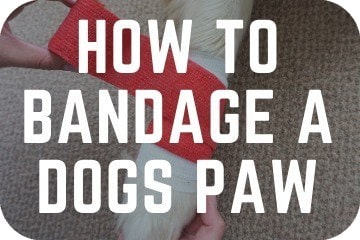
HOW TO BANDAGE A DOG PAW
There’s a high possibility that your dog will get hurt or injured during their life. Some breeds of dogs are known to be adventurous and, in some cases, fearless. Unlike humans, dogs tend to explore the world barefoot and do not have any safety protection (shoes). Unfortunately, there are dangerous and sharp objects that can cause cuts, scratches, and incisions to your dog.
Whether the injuries are minor or severe, it’s never nice to see your dog injured or in pain. Therefore, it is an excellent idea to have some background knowledge on the different injuries and how to address them before seeking further advice from a professional veterinarian.
Covering the injury, the correct way before taking them to the vets may reduce the risk of infection. This article will help enhance your knowledge in preparing and bandaging your dog when they are in desperate need.
Busy? Get Your Hands Paws On The Answers Quickly…
- The 7 Most Common Injuries To Dogs
- How To Prepare A Dog’s Wound
- How To Wrap A Dog’s Paw
- How To Care For A Dog’s Wrap
- FAQs
THE 7 MOST COMMON INJURIES TO DOGS

1. Major/Severe Traumas
Major and severe traumas are among the most common injuries that owners take their dogs to the vets for. Traumas are classed as injuries that can affect a dog both internally and externally.
A common cause of the trauma is a dog being hit by a car. The impact when getting hit by the car can cause various types of trauma that include; head trauma, bone fractures, dislocation at the joints, internal bleeding of the organs, skin wounds, and others.
Other common causes of traumas are when a dog falls from a height or being in a car during an accident.
To help prevent these traumas, it is good to keep your dog on a leash when you’re near a road or at the peak of a height. Also, ensure you close all entrances and exits to your house to ensure the dog does not follow you when you leave.
2. Attack From Another Dog
Unfortunately, not all dogs are friendly and kind to others. Some dogs feel the need to protect themselves and their surroundings by launching vicious attacks. An attack by another dog may cause your dog to receive some cuts, scratches, or wounds which may need patching up.
Deeper wounds may cause damage to the dog’s muscle tissue, body wall, and, in severe cases, the bones.
Smaller dogs may suffer from life-threatening wounds if attacked by a larger dog. If a smaller dog is picked up and shaken when attacked, it can cause neurological and internal injuries.
If your dog has been bitten or scratched by another dog and displays some sort of wound, it is of high importance you take them to the vet as soon as possible.
3. Eye Injury
Injuries to a dog’s eye are fairly common. When a dog is running past bushes or trees, and they make contact, they can potentially scratch their eyes. Another common cause of eye injuries is when a dog is scratched by another animal during playtime or a fight.
You may have seen a car driving along with their pet pup hanging their head out the window; this can cause serious harm to a dog’s eyes. The debris from other vehicles or roads can fly into your dog’s eye, causing irritation and scratches.
You may notice your dog’s eye turning red, excessive tears, dripping, swelling, and bulging. If so, you must take them to the veterinarian as soon as possible, as eye damage can be severe. If treated early enough, a simple dose of medication can help stop any further damage.
4. Ligament Damage (Cruciate)
An injury to the cruciate ligament is one of the most common limb injuries in dogs. The cruciate ligament is in a dog’s knee and helps to stabilize them during movement. If this ligament is ruptured, it will cause serious pain and inhibit a dog’s movement. Your dog will most likely sit or lay down with their ‘hurt’ leg raised in the air to keep the weight off it.
It is difficult to tell whether your dog has ruptured their cruciate ligament; this can only be determined by a professional veterinarian. Unfortunately, surgery will be required if they have a positive diagnosis. Dogs tend to have a weakness in that knee for the remainder of their life, which can typically lead to ongoing knee injuries.
5. Injuries To The Limbs
There are many injuries that may affect your dog’s limbs. Most of these will reduce your dog’s mobility and cause them to limp. The severity of your dog’s limp will tend to give an indication if you need to take your dog to the vets straight away, although this is always a good idea no matter what.
Limping is usually caused by a fracture of one or more bones in the leg. Severe fractures and dislocations are usually daily noticeable and obvious. However, minor and hairline fractures are less obvious and can easily be ignored by dog owners. These types of injuries are typically treated by stabilizing the leg with a splint, cast, or hero braces.
6. Minor Cuts and Scratches
It’s not unusual that your dog picks up small cuts and scratches. When running and catching themselves on a thorn bush or loose nail, stepping on sharp objects such as glass and play fighting are common causes of these types of injury.
If your dog is bleeding, it is always essential you get to the vets. This article will help you to reduce the bleeding and level of risk of infection. Cleaning the cut and bandaging are simple steps to help ensure this.
Your dog will likely be prescribed antibiotics to help stop the infection and reduce the swelling around the cut/scratch.
7. Torn Toenail
Most dogs will experience a torn toenail at least once during their lives. Similar to the way cuts and scratches occur, dogs can step on something or catch their nail, which causes it to tear. The toenail tends to split down the middle or partially breaks off; these scenarios are both painful and can cause excessive bleeding.
In most cases, dogs with nail injuries will likely need a treatment known as “nail cutback.” Vets will typically use a local anesthetic or sedation to help the dog be pain-free. Nail trimmers will be used to cut the nail beyond the split and break. On rare occasions, the nail must be cut all the way down to the nail bed. Once bandaged, your dog will be free to go home with antibiotics prescribed to reduce pain and swelling.
HOW TO PREPARE A DOG’S WOUND
1. Make an assessment of the wound. If your dog has severely cut themselves and they’re bleeding or if their movement is restricted, it is of high importance you take them to the vets straight away.
If your dog has minor bleeding, you can clean it and treat it with a bandage wrap.
Your dog may have a ripped or torn pad, if so. This can be wrapped, and they can recover at home. However, it is always a good idea to seek further advice and assistance from a professional veterinarian.
Before you attend the vets, it would be a good idea to take a photo of the wound before wrapping it. The wound may change in color and shape once the vet administers it. Therefore, a photo will help them diagnose the severity of the wound.
2. Clean the wound. Before bandaging the dog’s wound, it is important that you clean it before doing so. You can wash out the wound with cold water to remove any loose debris. Next, disinfectant the wound with antibacterial soap/ or a similar product to help reduce the risk of infection.
> If the injury is on the dog’s pad (foot), ensure it is thoroughly cleaned as it is most likely filled with dirt. > Avoid using any chemicals or products that may harm your dog. Read the label or research what products are good to clean a dog’s wound. Baby soap is recommended by most vets.
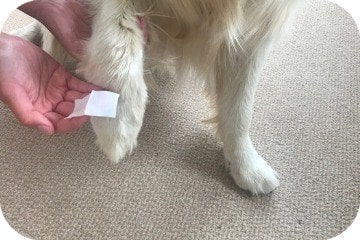
3. Dry the wound. Once the wound is cleaned, it’ll need to be dried. Use a clean towel to remove as much moisture as you can. This ensures the wrap/bandage doesn’t become soaked in moisture when applied, which can be uncomfortable and cold for your pup.
> Ensuring the wound is dry will help prevent any bacteria/infection from growing and feeding on the wound.
4. Keep a hold on your dog. Keeping your dog still and in one position is key when wrapping your dog’s wound. They will likely try and move, shake, and nibble at the bandage/wrap. There are two good techniques to keep them still.
> Have one person hold them by the collar/lead in a seated or prone position to ensure they have little mobility.
> With the other hand, feed them treats and keep praising them when they’re not focusing on the bandage.
1. Place a gauze pad on the wound. When wrapping and protecting a wound, you must protect it from any infection. Placing a gauze/sterile pad on the wound will help to do so. It will also absorb any blood or puss.
> The gauze pad should be sterile and fresh as it is coming into direct contact with the open wound.
> Ensure you’re applying non-adhesive products as your dog will likely respond to these better than adhesive (plasters).
2. Apply a cotton bandage/wrap. Hold the gauze in the correct position and begin wrapping the bandage/wrap around the paw. Starting at the top of the paw and slowly moving down and then finishing back up above the ankle. This layer keeps the gauze pad in place and helps to protect the injury.
> Only wrap the cotton wrap once or twice to ensure you do not restrict your dog’s movement as well as their blood flow. Wrapping it too tightly can have some consequences.
> Ensure you wrap the cotton above and below the wound to allow the wrap to stay in place. You should only wrap the leg as low as the ankle joint (just above).
3. Apply a layer of gauze wrap (if the wound is deep and needs extra support). You will need to place a layer of gauze wrap over the cotton. With this layer, you can apply slightly more tension but ensure you do NOT pull it tight. This will keep the cotton in place and provide extra support and compression to the bandage.
> A layer of gauze wrap that is pulled too tight can cut off a dog’s circulation, which has serious consequences. Make sure the gauze fits comfortably without being too loose or too tight.
4. Apply a layer of elastic (vet) wrap. This special wrap is used as the outside layer to keep everything in place and help prevent your dog from gnawing through the layers. Seal the elastic wrap by running your finger along the outside.
> As with the other layers, you do not want to pull the elastic vet wrap too tight as it can also stop the circulation of blood.
> Because the elastic vet wrap wraps smoothly, it makes it difficult for your dog to find a loose opening.
HOW TO CARE FOR A DOG’S WRAP
1. Keep your dog away from the wound. Once the bandage has been prepared and wrapped, you’ll need to ensure your dog can’t nibble at it when you’re not looking.
> Place a cone on your dog’s head to reduce the possibility of them being able to gnaw or nibble at the bandage on their paw.
2. Keep it fresh. Change the wraps daily or every other day to ensure the wound and its surrounding area can be kept clean. Remove the old wrap by cutting it with scissors vertically (take extreme care).
> You can seek advice from your veterinarian to discuss how often the wrap should be changed.
> The wound may have increased or decreased in size (swelling), therefore changing the wrap daily will allow you to determine whether to tighten or loosen the wrap.
3. Inspect the wound. When changing the wrap, you should inspect and monitor the wound. Taking photos daily will enable you to monitor the wound on a day to day basis. If the wound looks like it is getting worse, you should visit the vets.
> Pay close attention and assess your dog’s mobility. If they struggle to move their paw and it does not look like it gets any better, there may be internal damage which will need to be seen by a professional veterinarian.
FAQS

Can you put vaseline on a dog wound?
Although vaseline is not toxic to dogs, if the vaseline is left open, your dog will most likely lick it off. This could cause them also to lick the wound, which may then become infected.
Can dogs eat papaya?
Yes, but make sure you remove the pips and peel. When given to your dog in moderation, papaya offers a variety of nutritional benefits, and the enzymes are excellent for promoting a healthy gut in dogs and humans. Papaya is especially high in fiber along with other vitamins and minerals such as; magnesium, potassium, and vitamin C.
Why do dogs wink?
Dogs winking tends to be a learned behavioral cue. They usually use this as a way of making eye contact, looking for attention, or imitating their owners. You may notice your dog winking at their food, treats, or toys. This is a way of asking or demanding their owner to help provide them the goods.
Looking for more pawsome posts? Check these out…
How To Build A Dog First Aid Kit?
How To Make A Snuffle Mat
Can Dogs Eat Pepperoni?
3 Frozen Dog Treat Recipes
Can Dogs Eat Eggshells?
Disclaimer: Each dog is different, and every circumstance is different. All efforts have been made to provide accurate information. However, it is not provided by a qualified Veterinarian, Veterinarian Surgeon, or Behaviorist. The information provided is purely educational. The information should not be used as an alternative or substitute for medical care. If you have any health or medical concerns, contact a qualified Veterinary Surgeon or Veterinarian immediately.
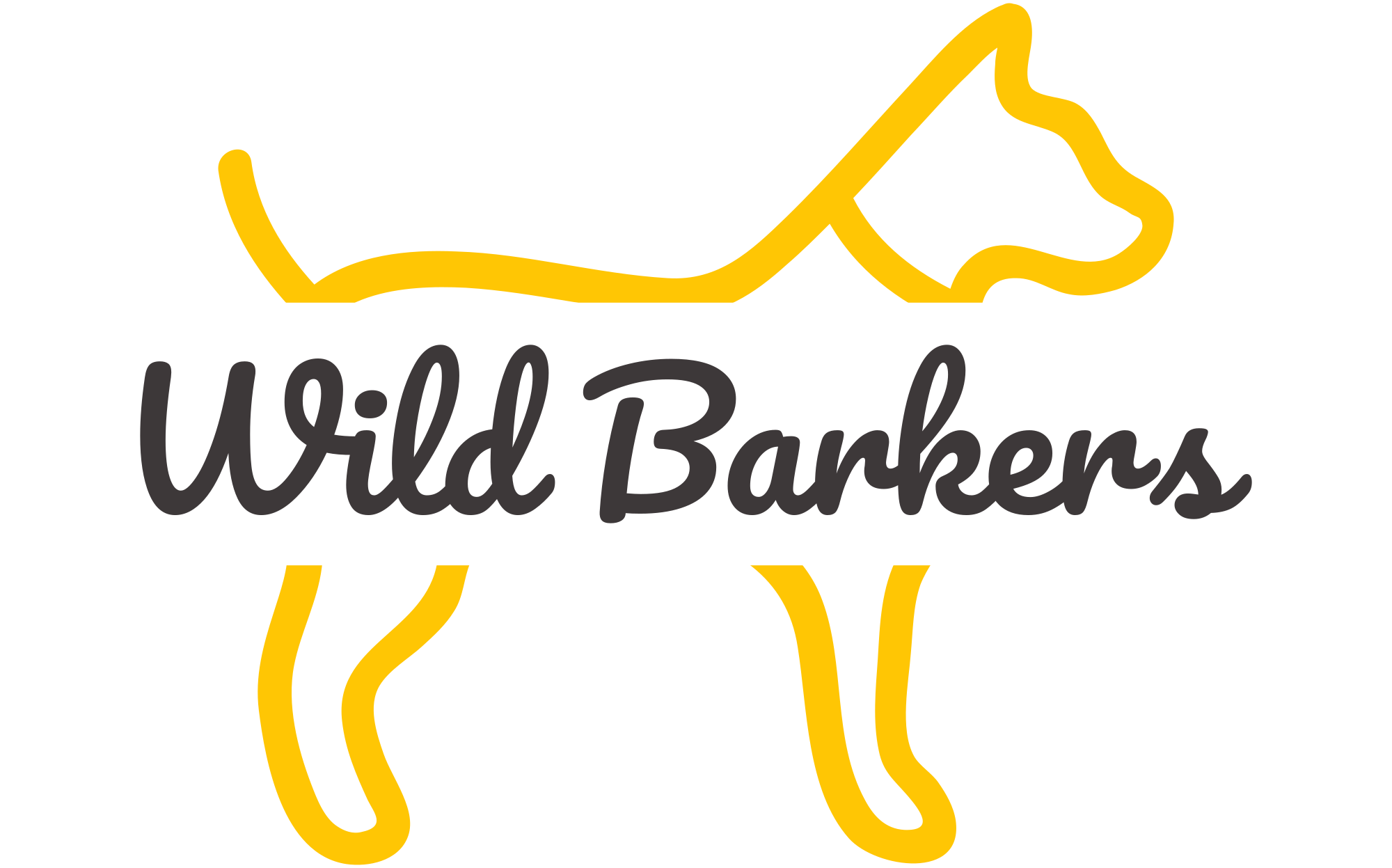

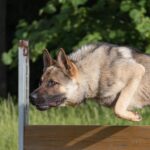




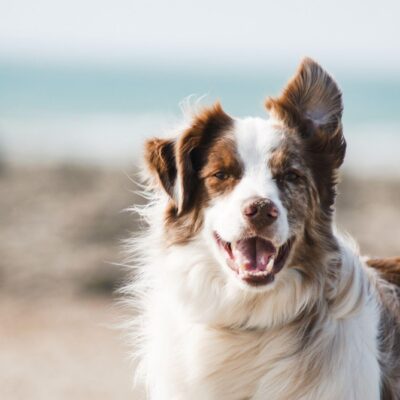
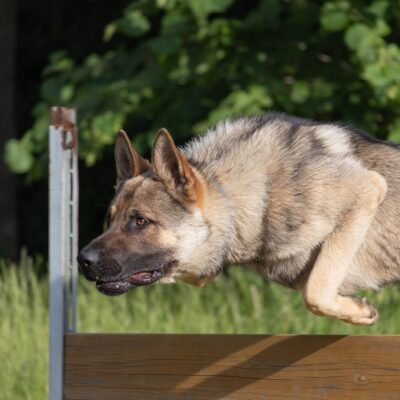
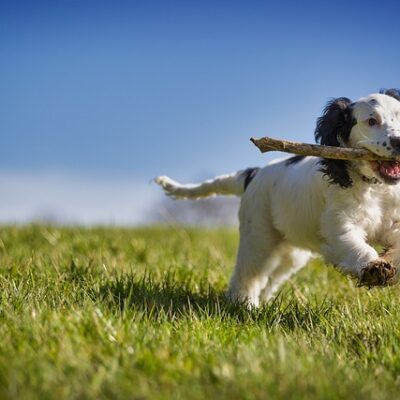
No Comment! Be the first one.